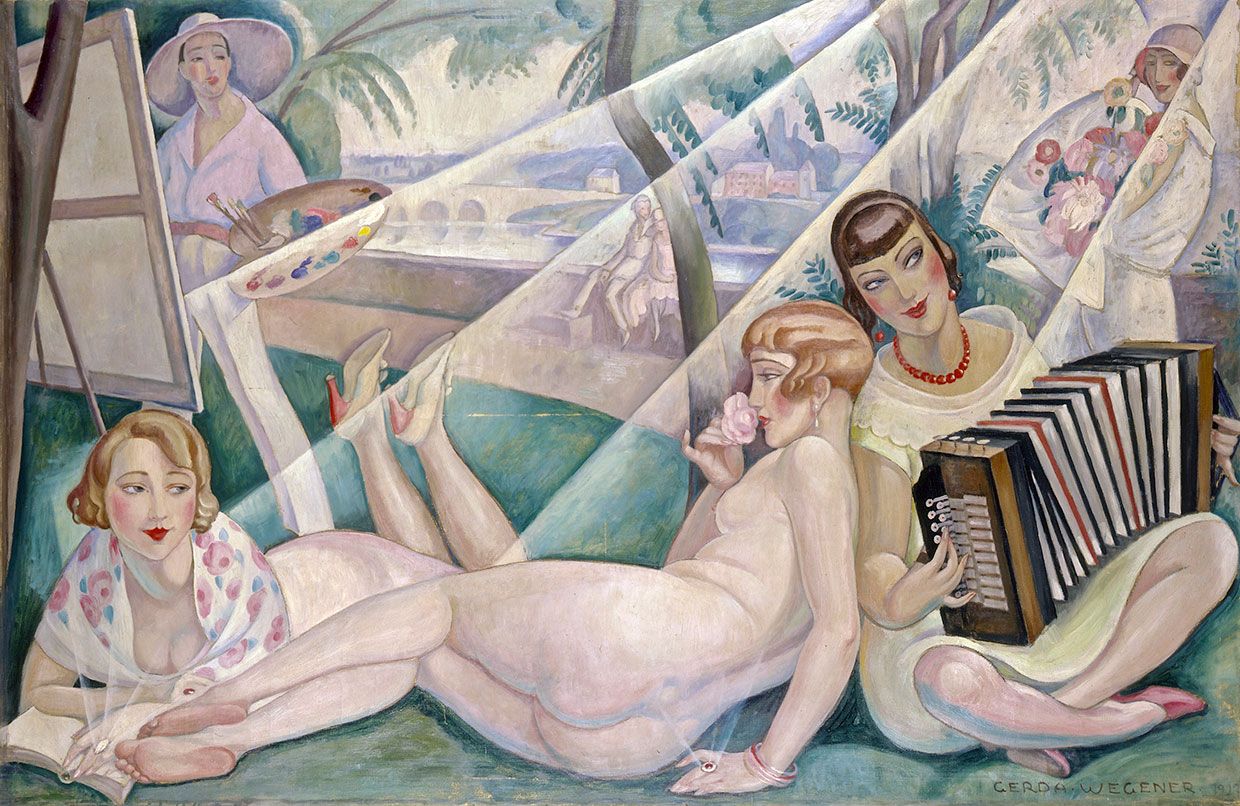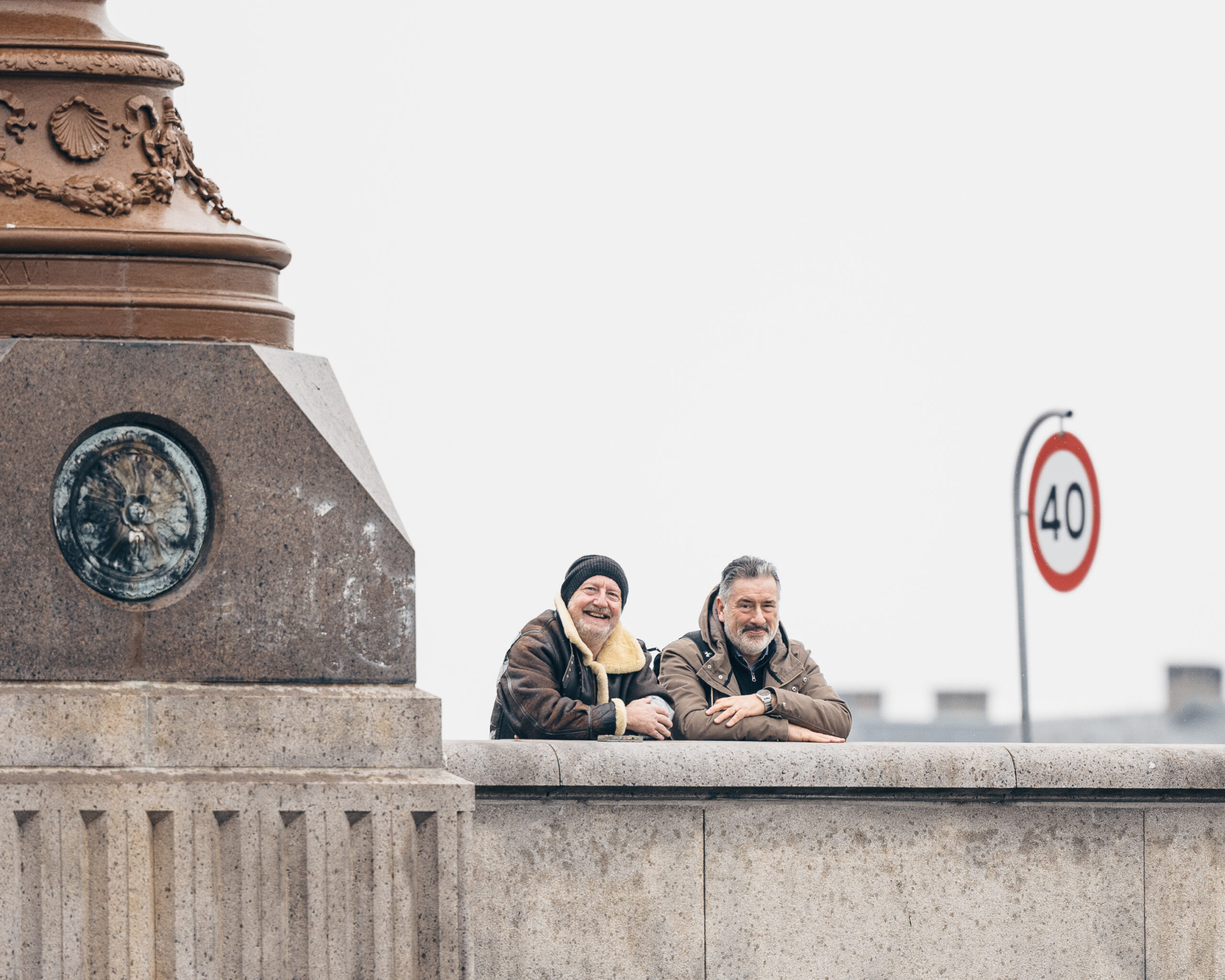The world’s first official gender reassignment surgery took place in Germany on 5 March 1930, when the Danish painter Einar Mogens Andreas Wegener chose to become Lili Elbe.
Afterwards Elbe wrote her version of the story in her autobiography, published with the title ‘From Man to Woman – Lili Elbe’s Confession’.
Her story is receiving wider attention at the moment as the inspiration for the 2015 film ‘The Danish Girl’ (2000), with Eddie Redmayne winning acclaim and an Oscar nomination for his portrayal of Elbe – a role previously linked with mostly female actresses, including Nicole Kidman. However, the film missed out on a nomination for Best Film despite getting four nominations.
A doting husband
Elbe was born Einar Wegener in Vejle in 1882. She later recalled that she was a feminine boy who enjoyed the same kinds of crafts and activities as the women in her family. Initially, however, the young man never had any early doubts about his sexuality and fell in love with Gerda Gottlieb, a fellow student at the art academy in Copenhagen.
In 1904 they got married and were inseparable. They moved to Paris together in 1912 and Gerda Wegener became a successful illustrator for Vogue and other big-name fashion magazines.
READ MORE: She immortalised herself with a brush long before hubby did it with a snip
At ease in front of the easel
Had his wife not been an artist, it’s doubtful whether Lili would have ever come into being. An actress who Gerda was drawing a portrait of was late for their appointment, so her husband stepped in to replace her, slipping on a pair of stockings and heels to pose instead.
According to Lili’s autobiography, when the actual woman arrived and saw Einar Wegener in her clothes she was thrilled: “You are gorgeous! You are much better looking as a woman than as a man. I am sure you were a woman in a previous life … unless nature is guilty of a small mistake.”
Einar felt comfortable in women’s clothing and being Lili allowed him to let loose at parties and have fun. During carnival season he loved to dress up as Lili and get lost in the crowd. Gerda used Lili for her fashion illustrations, painting her as a distinctive almond-eyed beauty.
Dual lives
Slowly Lili developed into a complete personality and became much more than a role Einar adopted for fun. Lili had “her own acquaintances and experiences and habits, which had nothing at all to do with me”, Einar wrote in a letter at the time.
Gerda supported Lili through the whole ordeal, and often introduced her to people as her sister. But the psychic split between being Lili and Einar was too much for Einar to bear. He was often tired and depressed, and regularly got terrible nosebleeds.
Good and bad doctors
Doctors dismissed his problems as hysteria or repressed homosexuality, and Einar was close to suicidal when a friend of the couple arranged an examination for him at Magnus Hirschfeld’s Institute für Sexualwissenschaft (Sexual Research) in Berlin.
The German doctor and sexologist Magnus Hirschfeld had founded the institute in 1919 as a research facility, being himself an early defender of gay rights. After years of working with those between established genders, Hirschfeld invented the term ‘transsexual’ to describe people who did not feel at home in their born gender.
Well suited to gender change
An examination of Einar found he was well suited to gender reassignment surgery, because in addition to his male organs, he had partially developed female ones. This kind of surgery was still in an experimental phase and did not focus on hormones but on the necessary physical changes. Hirschfeld supervised the first surgery, during which Einar’s testicles were removed.
Lili succeeded in changing her name and gender, and received a new Danish passport with her new gender. She took the name of the river in Dresden where several of the later surgeries took place, the Elbe. The case received a lot of attention in Denmark, and Gerda and Einar’s marriage was officially invalidated in 1930.
Initial pain, but then acclaim
After becoming a woman, Lili was not content in her new gender. She became paranoid, believing she had murdered Einar and was being stalked and hunted because of her story. Gerda Wegener moved to Italy and remarried, while Lili moved back to Denmark in confusion.
Eventually she went public with her gender change, which gave her some relief when the sensation caused Einar’s paintings to sell extremely well. Lili herself did not paint – only Einar was the artist. Women she had never met wrote her glowing letters, relating to her story about being trapped between genders. In her book Lili wrote that she hoped she had “perhaps succeeded in building a small bridge over the gulf that otherwise divides men and women”.
One surgery too many
Four more operations followed in order to realise Lili’s strong desire to become a mother. The last surgery was carried out in 1931, but weakened Lili so much that she was never again able to get out of bed, and she died shortly afterwards in Dresden.
The cause of death was determined to be ‘transplant rejection’ – the fatal surgery intended to transplant a uterus, so that Lili could have children.
She had already written about her experiences, and these were published shortly after her death in 1931.











